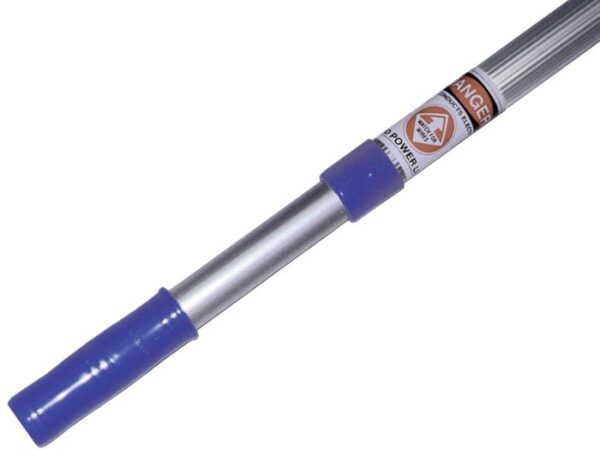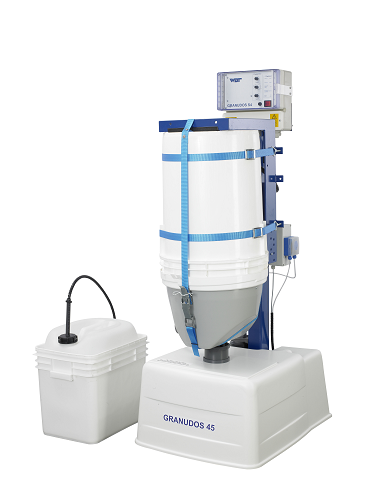

We explored multivariate analyses in order to evince grouping relative to land use. Box plot graphs were produced with SPSS 13. Data did not have normal distribution (p ≤ α) thus, we used the non-parametric Kruskal Wallis test to distinguish differences in land use by season. An Anderson Darling normality test was conducted for identifying data distribution. Lastly, we used a water quality index for finally integrate all this information to probe our hypothesis.ĭescriptive statistics were performed with Minitab 18. Then, we used hydrogeochemical tools to identify the structure and composition of groundwater and used nitrate stable isotopes (d 15NNO 3 - and d 18ONO 3 -) to explore most probable sources of nitrate. We compare these parameters with descriptive and multivariate statistics to find out differences and grouping by land use. To achieve our objective, we seasonally sampled groundwater in two areas with contrasting land use, analysed it for nutrients, mayor elements and nitrate stable isotopes. We hypothesize that precipitation enhances solutes movement in agricultural areas, measured as greater ions concentration in groundwater. Our objective is to distinguish the effect of land use based on sevalr assessment tools including statistical analyses, hydrogeochemistry and nitrate stable isotopes, in order to identify the major contributors of changes in groundwater quality in a tropical karstic aquifer.

This research shows the influence of land use on groundwater quality in karstic aquifers, using as case study the north-eastern Yucatan Peninsula. Evaluating the effect of land use upon groundwater is crucial since most of the population in karstic areas relies on groundwater for all economic activities. Knowing the changes in the hydrogeochemical and isotopic composition of water is essential for identifying and estimating the impact of processes occurring in water as it moves from the surface into the aquifers.

Finally, we observed poor groundwater quality in the agricultural area during the wet season thus, it is desirable to maintain non-agricultural areas that provide groundwater of appropriate quality. We consider that seasonality and land use effects are intertwined and sometimes difficult to separate, likely because of land use intensity and hydrogeochemical process at a local scale. There was a clear effect of manure application in the agricultural zone and the nitrate isotopic composition of groundwater points toward recharge in certain areas. Seasonality has an influence on phosphates and the chemical composition of the groundwater, increasing the concentration of dissolved substances in the rainy season. We confirmed that agricultural land use has a greater impact on groundwater quality, observed in higher concentration of nitrates, ammonium, potassium and electrical conductivity. Using a multiple approach, we assess the impact of land use with physicochemical data, multivariate analyses, hydrogeochemistry and nitrate isotopic composition.

This research identifies the major contributors of changes in groundwater quality comparing two contrasting land uses in a karstic area of the Yucatan peninsula as case study. Agro-industrial activities affect water resources in several manners one of the most important is leaching of agrochemical residues. Groundwater represents almost half of the drinking water worldwide and more than one third of water used for irrigation.


 0 kommentar(er)
0 kommentar(er)
